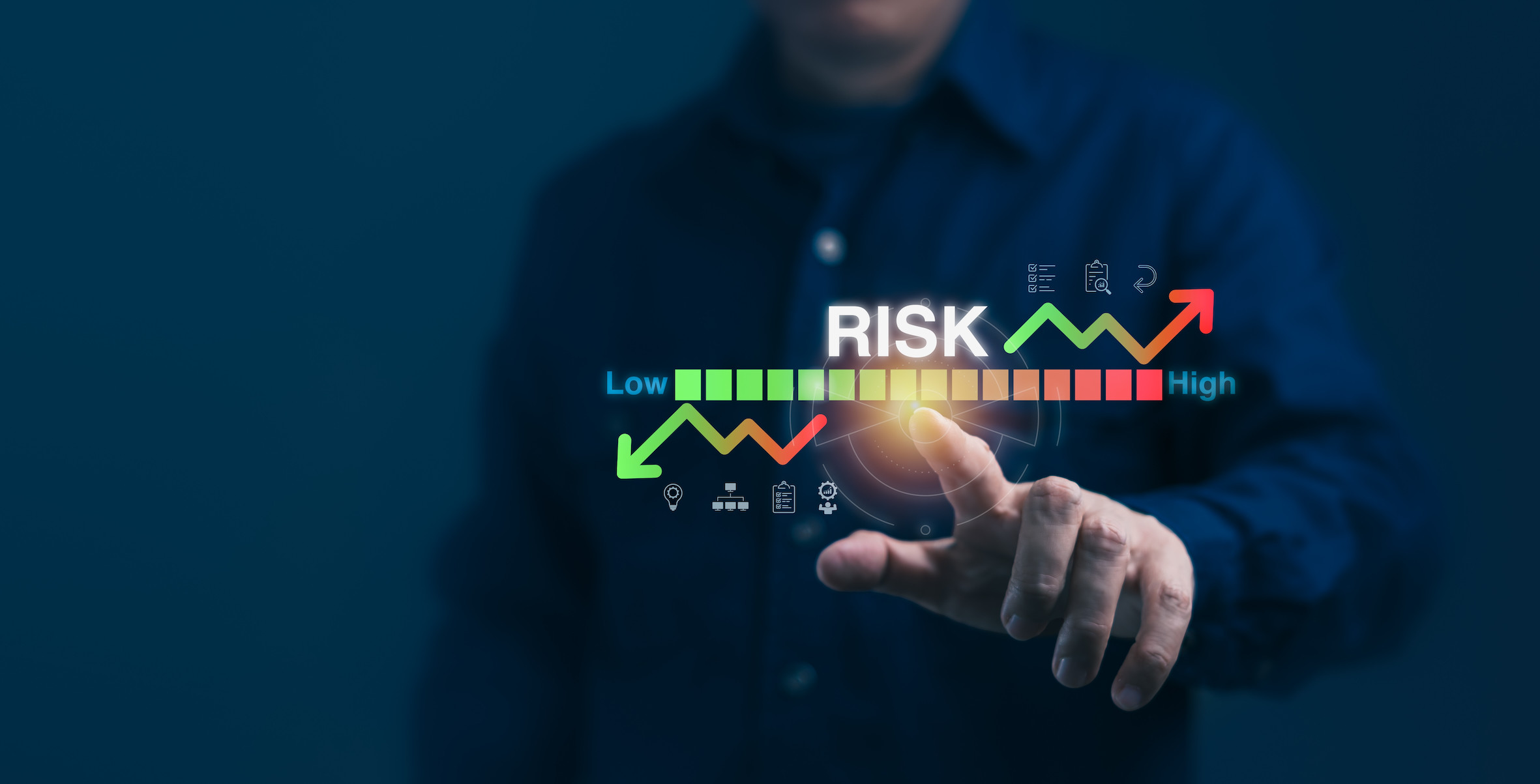Safety management for autonomous driving - from concept to implementation
Autonomous driving requires comprehensive safety management that takes both technical and operational risks into account. How can it be ensured that autonomous vehicles operate safely at all times and fulfil regulatory requirements?
DiMOS offers a comprehensive solution for the operational safety management of autonomous vehicles and operating areas. Our expertise enables seamless risk assessment, safety monitoring and compliance with legal requirements in accordance with §AFGBV, ISO 26262 and other relevant standards.
Safety in autonomous driving
Autonomous vehicles must function reliably in a wide variety of scenarios while also fulfilling strict safety requirements.
- Regulatory requirements: Compliance with regulatory requirements such as §AFGBV, ISO 26262 and GDPR
- Technical risks: Faulty sensors, communication disruptions, degradation of satellite navigation or unforeseeable environmental influences
- Operational risks: collisions, unforeseeable behaviour of other road users or system failures
- Liability and traceability: documentation of safety-critical decisions to avoid legal risks
DiMOS ensures that all safety-critical processes for autonomous vehicles are documented.
Comprehensive Safety Management for autonomous mobility
Our approach combines technical safety, operational risk analysis and continuous monitoring to ensure maximum operational safety.
Our services at a glance
- Development and implementation of safety strategies (e.g. safety plan) for operating areas of autonomous vehicles and for operational use
- Recording, analysing and evaluating safety-critical data in real time
- Identification and management of potential risks during autonomous operation
- Compliance monitoring and adaptation to regulatory requirements
- Integration of safety control mechanisms to reduce safety incidents
DiMOS provides you with a comprehensive safety solution for the safe and compliant operation of autonomous vehicles.
How does our safety management work?
DiMOS relies on a combination of real-time monitoring, AI-supported data analysis and preventive safety measures.
1. Identification and assessment of safety risk
• Analysis of operating environment (OD) and the autonomous systems (ODD)
• Validation of safety-critical systems and sensor technology
• Simulation and modelling of potential system states
2. Safety monitoring and response mechanisms
• Real-time monitoring of all vehicles and operating areas
• Automated fault detection and risk analyses
• Immediate response measures for safety-critical systems
3. Documentation and regulatory protection
• Seamless tracking of safety-critical decisions
• Creation of compliance reports for authorities and operators
• Continuous optimisation of the security architecture
Applications and areas of use
Our solution for operational safety management is used in the following areas:
- Autonomous logistics and hub-to-hub transport
- Legally compliant monitoring of defined operating areas
- Risk assessment and monitoring of autonomous test fields
- Real-time safety monitoring for driverless mobility concepts
An operator of autonomous lorries is planning to deploy them on a hub-to-hub corridor. DiMOS supports the risk assessment, develops a customised safety concept and ensures that all safety-relevant processes are adhered to with real-time monitoring.
Why DiMOS? - Legal certainty and innovation in one solution
DiMOS combines technological innovation with regulatory expertise to ensure the highest level of safety in autonomous operation.
- Compliance with all relevant safety standards (§AFGBV, ISO 26262 & 21434, GDPR)
- AI-supported real-time monitoring and error analysis
- Automated risk identification and security strategies
- Seamless documentation for compliance and traceability
DiMOS provides you with a reliable solution for the safe and compliant operation of autonomous vehicles. Play it safe with us!
Request advice on safety management for autonomous systems now.
Would you like to find out how DiMOS can optimise your safety management?



